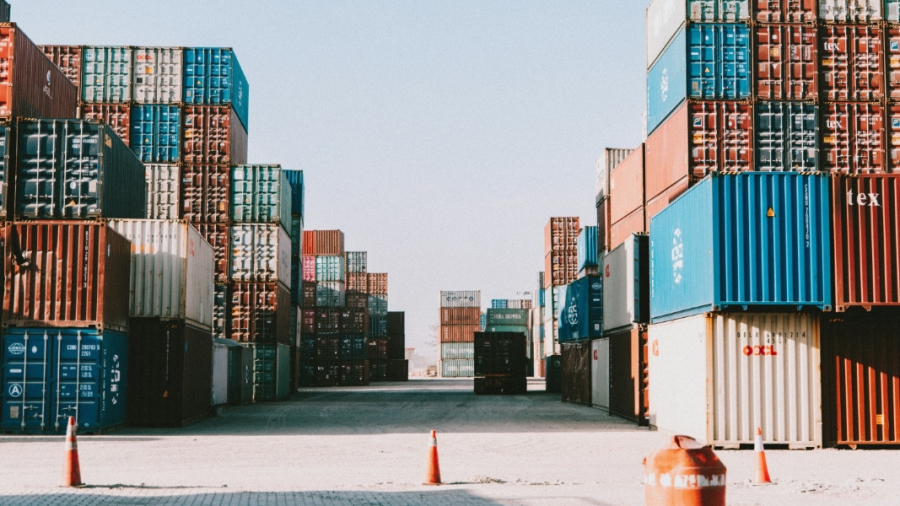Tensions between the International Longshoremen’s Association (ILA) and the United States Maritime Alliance (USMX) are escalating, heightening the likelihood of a strike at major ports on the US East and Gulf Coasts. With automation and wage disputes unresolved, ILA President Harold Daggett has firmly opposed automation in port operations, emphasizing that “we don’t want any form of semi-automation or full automation.” This hardline stance, coupled with demands for increased wages and better healthcare provisions, has raised concerns across industries, with the potential strike date set for October 1.
Industry Reactions and Impacts
Industry leaders are concerned that a strike could disrupt shipping routes, especially during the critical peak shipping season. A proposed wage increase, a current sticking point, is rumored to be as high as 78%, has been deemed unfeasible by carriers, while the union’s opposition to automation appears to roll back prior agreements.
The potential for a protracted strike could ripple across industries, particularly in agriculture and automotive sectors. Supply chain experts warn that extended disruptions could exacerbate supply chain bottlenecks, further driving up costs and delaying shipments. Shippers and businesses have been left scrambling to create contingency plans, such as rerouting cargo through alternative ports in Canada, Mexico, and the US West Coast.
Government Intervention Uncertain
Hopes for government intervention remain low, especially as the strike nears the US presidential election. The Biden administration, which has previously played a role in averting labor disputes, is facing complications due to political considerations. The only formal option is the invocation of the Taft-Hartley Act, which could delay the strike for 80 days. However, analysts believe political ramifications may limit this approach as both presidential candidates seek to secure union votes.
Shipping Lines Brace for Disruption
Shipping lines are preparing for the worst, announcing surcharges ahead of the potential strike. MSC, CMA CGM, and Hapag-Lloyd have introduced emergency fees for shipments to and from the US East and Gulf Coasts. These surcharges signal that a significant price hike could occur if the strike moves forward, likely leading to a backlog that could take weeks to clear.
Preparing for a Strike
Shippers have limited time to finalize their contingency plans. Supply chain experts are advising companies to explore alternative shipping routes and consider airfreight for time-sensitive shipments, though costs for air cargo have already surged. The automotive and agricultural sectors are particularly vulnerable, with potential impacts on holiday shopping and year-end manufacturing.
With less than two weeks remaining, businesses must act swiftly to mitigate the impending disruption, understanding that rerouting shipments to alternative ports or securing inland capacity may only provide short-term relief. As the clock ticks down to October 1, the potential strike could lead to widespread economic repercussions, affecting both domestic and international trade.



